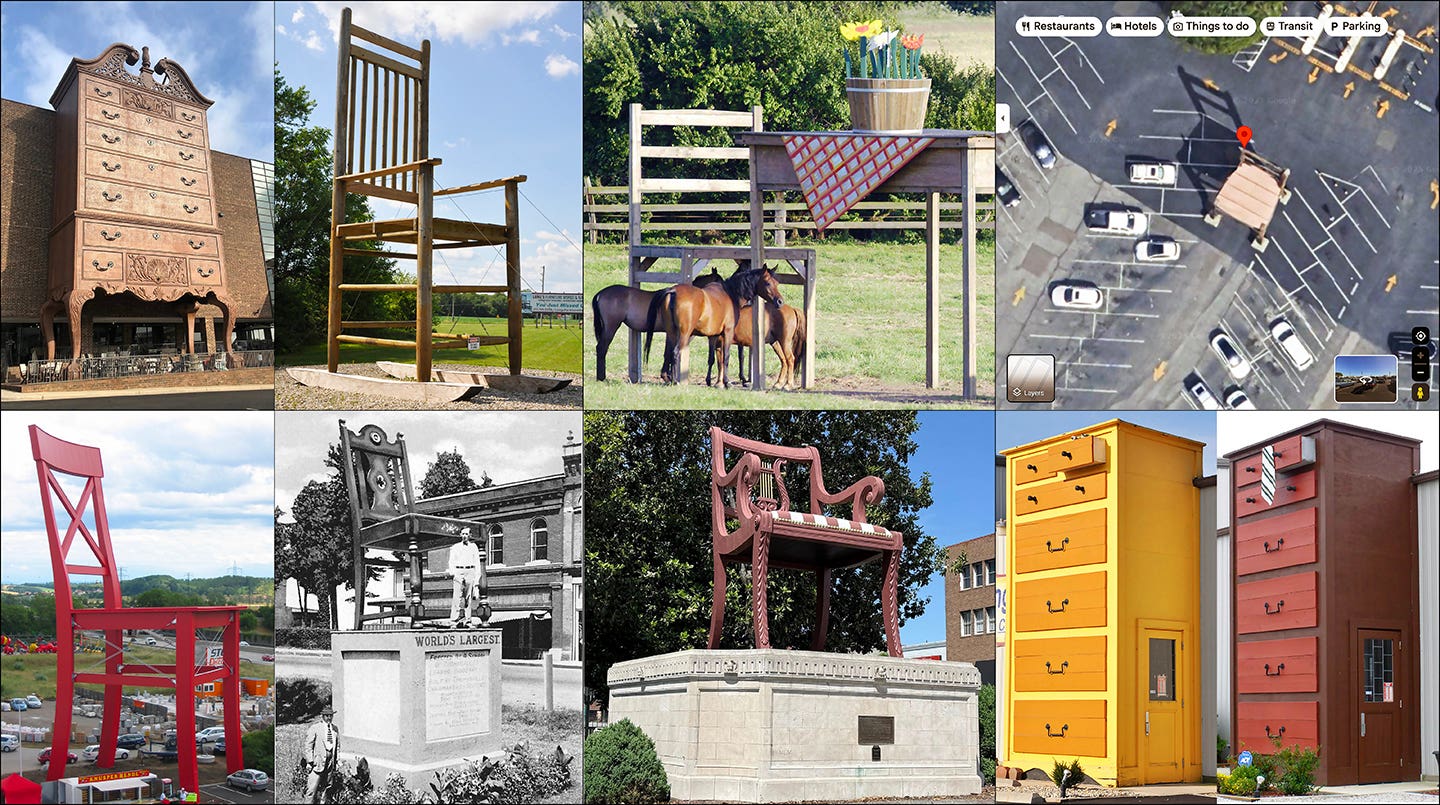Wood stoves in the shop?
My recent post about lemons got me thinking about the good old days when my workshop was heated by a wood-burning stove. These days, the fire department guys would go…
My recent post about lemons got me thinking about the good old days when my workshop was heated by a wood-burning stove. These days, the fire department guys would go apoplectic over the idea. But back then I lived in rural Nevada and visits from fire inspectors were not so much of a concern.
We needn't go into the issue of having a hot surface enclosing a roaring fire present in an environment in which the air is pretty much always filled with fine wood dust. Let's just say that's a given. But this was the only time that I had anything approaching a climate-controlled shop. No AC but at least in the winter I had heat. I used to go down to the shop, fire up the stove, put the gallon bottle of frozen glue under it and then take off for the local coffee shop for a half hour while things warmed up a bit.
What does this have to do with lemons? Should be obvious. The lemons, along with all of the fall down that normally piles up in the shop or out in the back provides a steady source of fuel. There were times when it was cold enough that my eye would fall on good material but I was usually able to resist that temptation. I'll never forget the day I discovered Presto Logs ...
D.D.
David DeCristoforo possesses an extensive resume as designer/maker of fine furniture, high-end cabinetry and architectural woodwork. His experience in professional woodworking spans a period of 35 years. For the past 20 years David DeCristoforo Design has been located in Woodland, California. During this time David's shop has ranged in scope from a "full on" cabinet production shop with as many as 15 employees to a small fine furniture and custom millwork shop, working with his son, David RBJ, a highly skilled maker in his own right.







